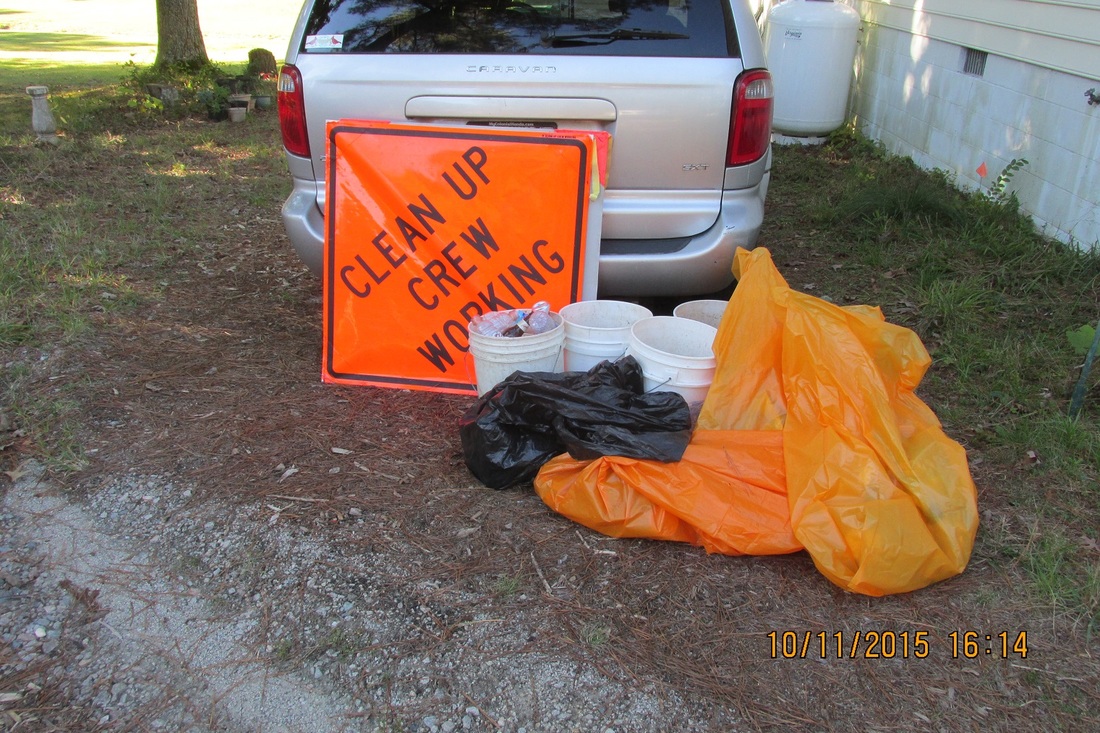|
Two and a half years, that's how long I've been leading the volunteers who have helped with the Qualla Road litter cleanup. In that time, we've collected 167 bags of trash That's a pretty disheartening mental image. Nevertheless, it's the mental image of what the road would look like if we didn't clean it up that keeps me at it week after week. I turned to Wikipedia for a little more information about littering:
Litter can remain visible for extended periods of time before it eventually biodegrades, with some items made of condensed glass, styrofoam or plastic possibly remaining in the environment for over a million years. About 18 percent of litter, usually traveling through stormwater systems, ends up in local streams, rivers, and waterways. Uncollected litter can accrete and flow into streams, local bays and estuaries. Litter in the ocean either washes up on beaches or collects in Ocean gyres such as the Great Pacific Garbage Patch. About 80 percent of marine debris comes from land-based sources. Some litter that is collected can be recycled, however degraded litter cannot be recycled and eventually degrades to sludge, often toxic. The majority of litter that is collected goes to landfills.
0 Comments
Leave a Reply. |
Volunteer BlogThoughts and advice on volunteering at the park. Archives
February 2020
Categories |


 RSS Feed
RSS Feed
